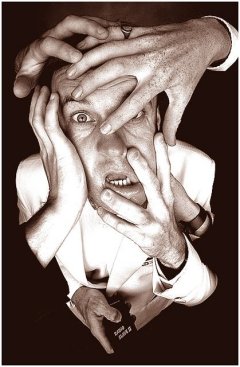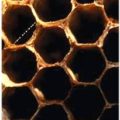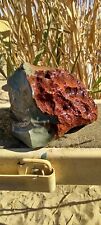
Research from the Neuropsychiatric Institute at UCLA demonstrates the potential of a substance found in yohimbe tree bark to assist in the recovery from anxiety disorders.
In the latest in a series of studies of how mice acquire, express and extinguish conditioned fear, the UCLA team found yohimbine helps mice learn to overcome the fear faster by enhancing the effects of the natural release of adrenaline. Adrenaline prompts physiological changes such as increased heart and metabolism rates in response to physical and mental stress.
Writing in the journal Learning and Memory, the team reported that mice treated with yohimbine overcame their fear four times as fast as those treated with propanolol, a medication commonly used to treat symptoms of anxiety disorders by blunting the physiological effects of adrenaline.
Yohimbine is most commonly used to treat erectile dysfunction.
These new findings come on the heels of evidence published by the same UCLA research team last fall that suggests full, frequent exposure to a fear during behavioral therapy may be more effective in treating anxiety than the standard practice of gradual, spaced exposure. For example, it may be more effective to treat fear of heights by taking a patient straight to the top of a tall building in rapid succession, rather then taking them to increasingly higher floors over a lengthy period of time.
“We are at the threshold of a new era in our understanding and treatment of anxiety disorders,” said Dr. Mark Barad, assistant professor of psychiatry and biobehavioral sciences. “Current treatment protocols use medications intended to blunt the physiological effects of fear and use behavioral therapy designed to space exposure to the fear stimulus over time. Our findings show treatment may be more effective if we do exactly the opposite.”
Anxiety disorders affect about 19 million Americans per year, consuming over thirty percent of total American mental health costs. They include obsessive-compulsive disorder, panic disorder, social phobia, post-traumatic stress disorder, generalized anxiety disorder and specific phobias. Although these diseases are generally not deadly, they take an enormous toll in morbidity. Sufferers constantly avoid fearful circumstances and pay an enormous price in social isolation, job performance and time wasted on worries and fears.
Both acquiring and overcoming, or extinguishing, conditional fear are forms of active learning. A unique pairing of an initially neutral conditional stimulus with an unpleasant unconditional stimulus is needed to acquire a conditional fear. In both UCLA studies, the conditional stimulus was a tone and the unconditional stimulus was a mild foot shock.
Although extinction – the reduction of conditional responding after repeated exposures to the conditional stimulus alone – might initially appear to be a passive decay or erasure of this association, many studies indicate that extinction is new inhibitory learning, which leaves the original memory intact.


















Comments are closed.